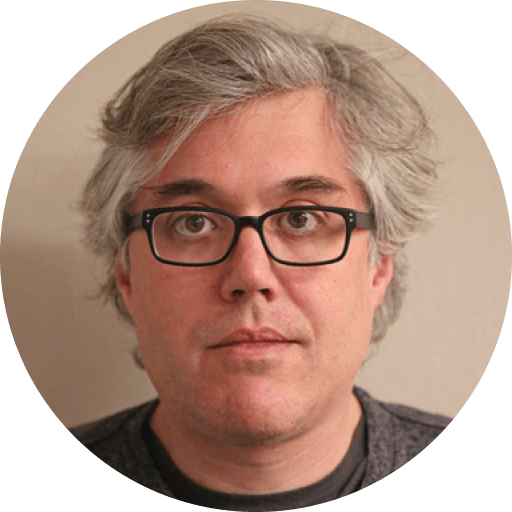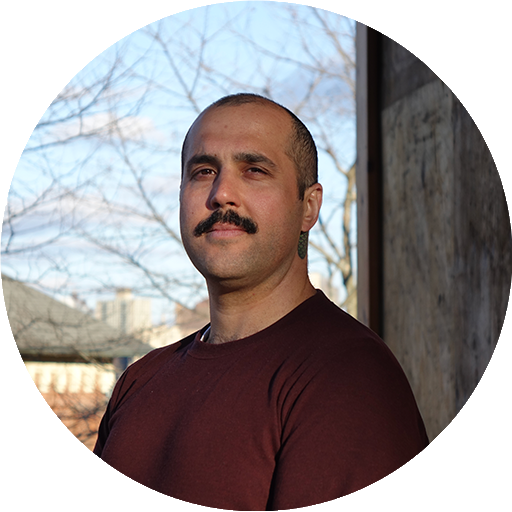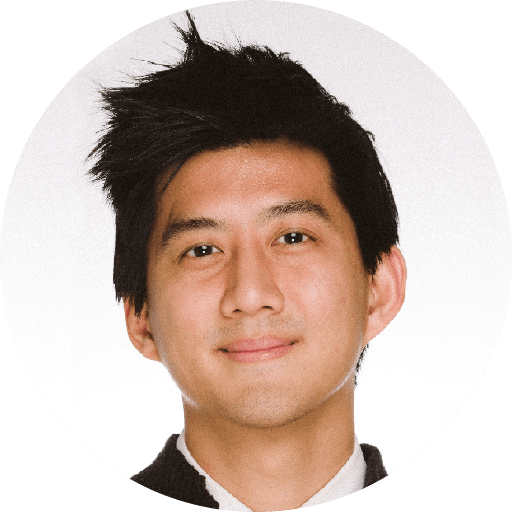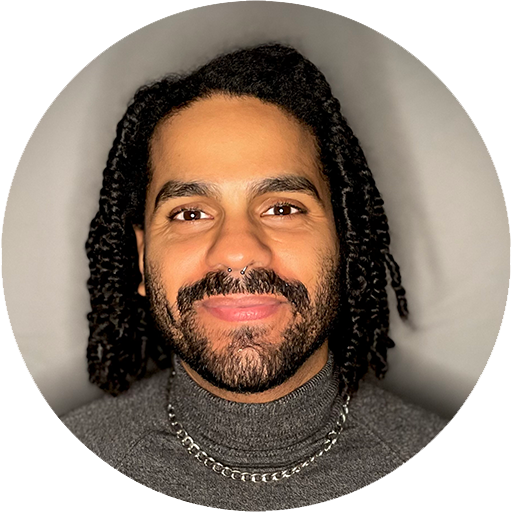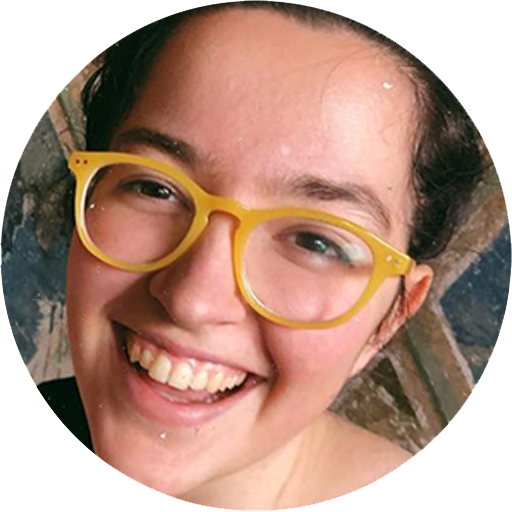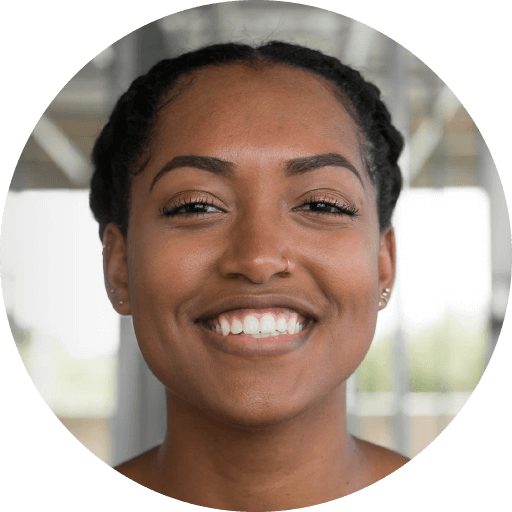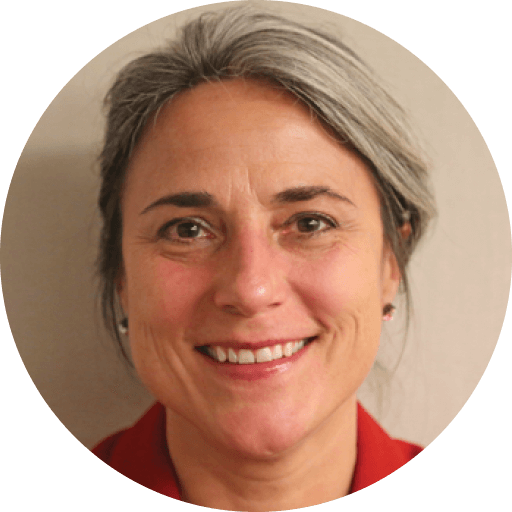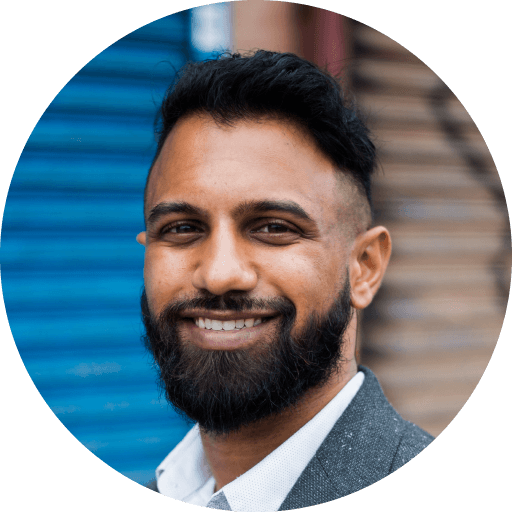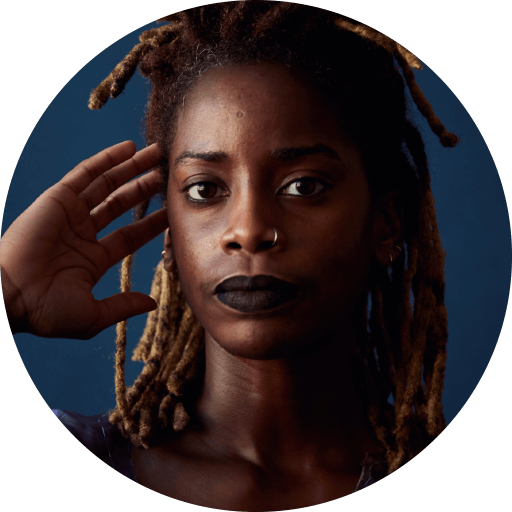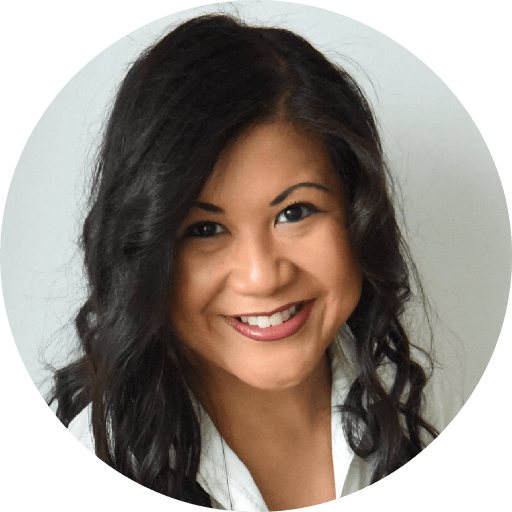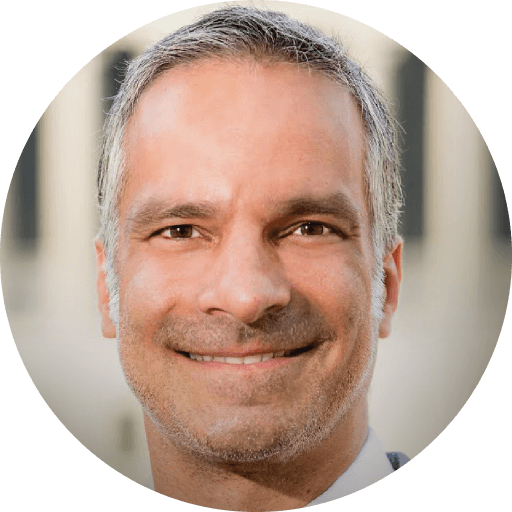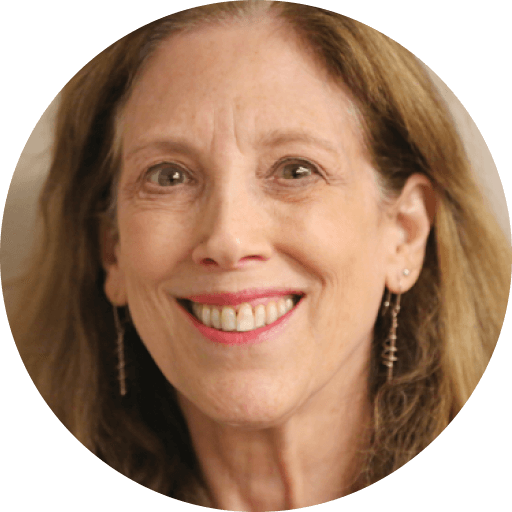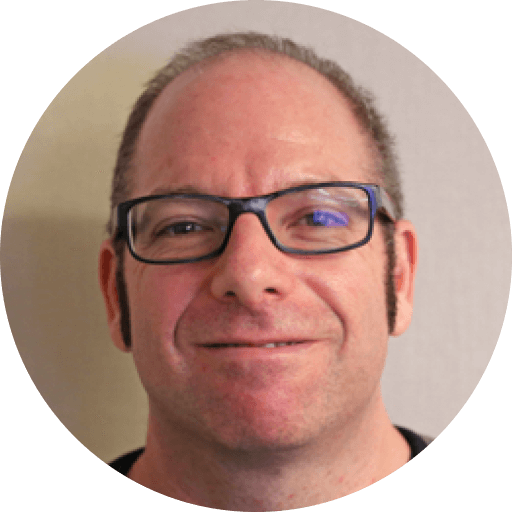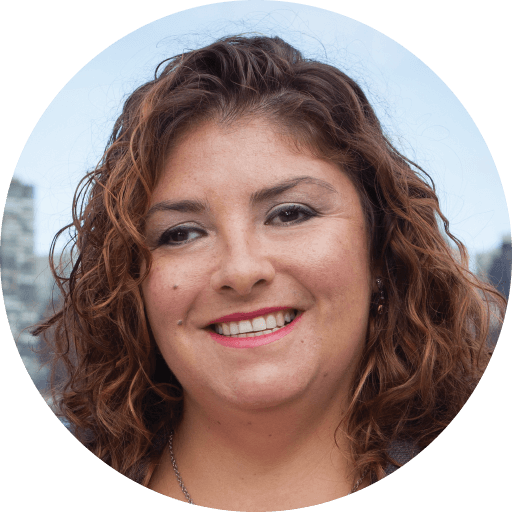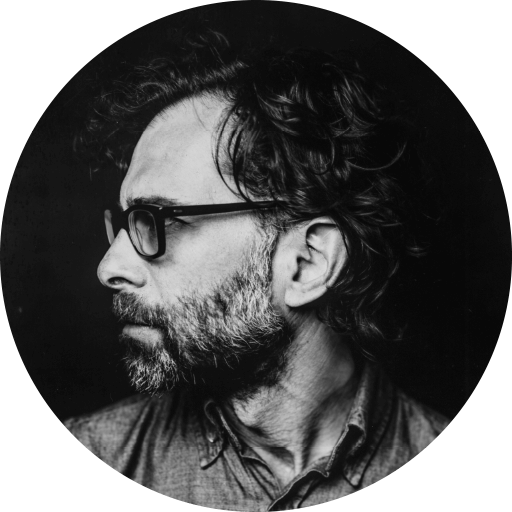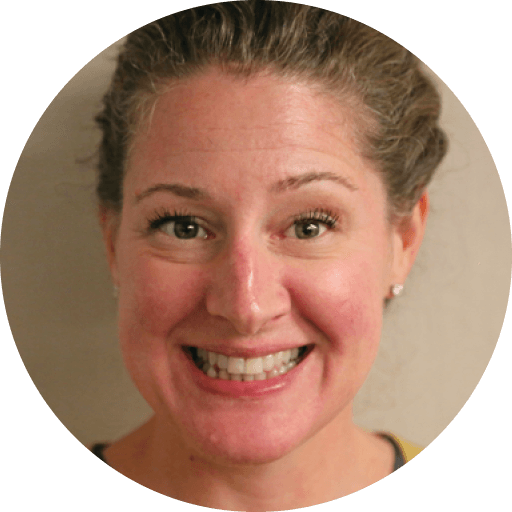From the Prairie to the City, Dancing to Invoke the Dawn
Gia Kourlas, New York Times
Gia Kourlas, New York Times
Wake up before sunrise, head to the prairie and start moving.
No, this was not your ordinary rehearsal process.
But nothing’s ordinary when it comes to the contemporary choreographer and improviser Jennifer Monson who has been creating daring works in New York’s experimental downtown dance scene since the 1980s. Ms. Monson, 56, has long been drawn to the natural world, too. In 2000, she changed her choreographic course and began exploring the relationship between movement and the environment. For her five-year “Bird Brain” project, for instance, she and her dancers — performing outside — followed the migrational path of birds and gray whales.
For her latest project, she resumed outdoor dancing — at dawn — in preparation for her new work, “bend the even,” which is at the Chocolate Factory this week. That process opened up a new universe of movement, sound and light. In the finished production, all three elements are treated equally with the hope that, together, they will produce an otherworldly, sensorial fourth element.
In “bend the even,” moments of stillness contrast with bursts of sweeping movement that brush the dancers’ bodies across the stage as the musicians, Jeff Kolar and Zeena Parkins — he plays electronics; she, the harp — perform live, both from the audience and onstage. The lighting is by Elliott Cennetoglu, also onstage.
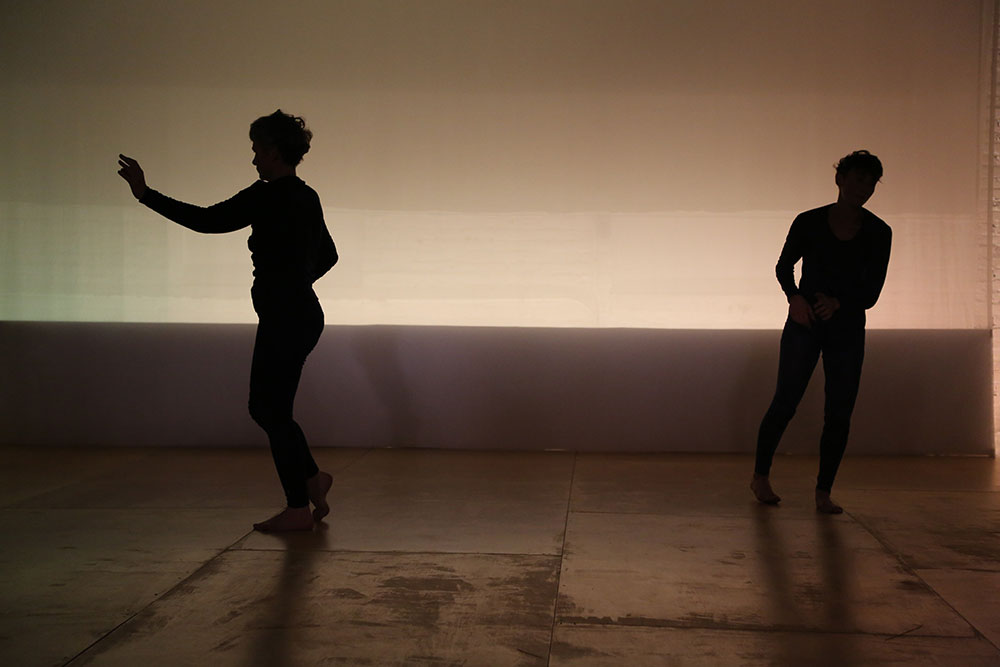
Ms. Monson’s dancing partner is Mauriah Kraker, a graduate student at the University of Illinois at Urbana-Champaign. Ms. Monson is on the faculty there, splitting her time between New York and Illinois, where she started outdoor rehearsals a year ago.
Ms. Monson wants to hold on to the feeling of being outdoors, but also to give it a concrete base. “It’s researching the basics of the physics of sight and sound and movement,” she said in an interview at the Chocolate Factory in Long Island City, Queens. “I’ve had to question a lot of my own assumptions about what development is or what composition is, and this piece has let me resist some of my patterns and just let something emerge out of the way we’re working together.”
It was through those morning rehearsals that she and her collaborators began to shape their experiences into a production that doesn’t recreate dawn, but offers a different sense of time and place. It’s in the title: When something’s bent, Ms. Monson said, it creates a tension. “It’s like being a pervert,” she said with a smile. “Not straight. A friction against what’s obvious.”

Here are edited excepts from the interview with Ms. Monson and several of her collaborators.
Could you describe what you and your collaborators do on the prairie?
JENNIFER MONSON We ride our bikes to Barnhart Prairie in Urbana, but if it’s snowing we drive. We try to get there 15 minutes before any light comes into the sky, and then we stay and dance as our research process. One of our [movement] scores is “walking backward in a prairie” where we go out to the edge of the prairie and walk backward, so there’s this real peripheral sense of the world enveloping you from behind. We also had a residency at the Atlantic Center for the Arts in Florida.
How did being at the beach change things?
JEFF KOLAR Experiencing the sun rising over the water is very different than on the prairie where it’s sort of dark and dank for a long time. It felt like we had more space or that time was different.
What was it like on the prairie?
KOLAR The first time I went it was snowing and super cold. It’s sort of like readjusting your eyes and ears, or like sensory deprivation with a long pause of waiting for something to happen. We’re usually out there for two hours.
MONSON More like an hour and 20 minutes. It feels like eight hours to me sometimes. Time just totally stops.
Why dawn?
MONSON That period of time is very vibrational. Like Jeff was saying, you’re kind of uncomfortable, it’s cold, you’re not warmed up. So I have to kind of deal with myself in order to be available to this larger thing that’s out there. It’s not about the movement — over time, you stop watching that and something else is arriving into the space.
KOLAR You’ve been talking about it as having everything disappear.
MONSON To me, the shape of the movement isn’t what’s valuable. It’s the fact that we go through this process of doing it with the sound and the light that generates a fourth thing.
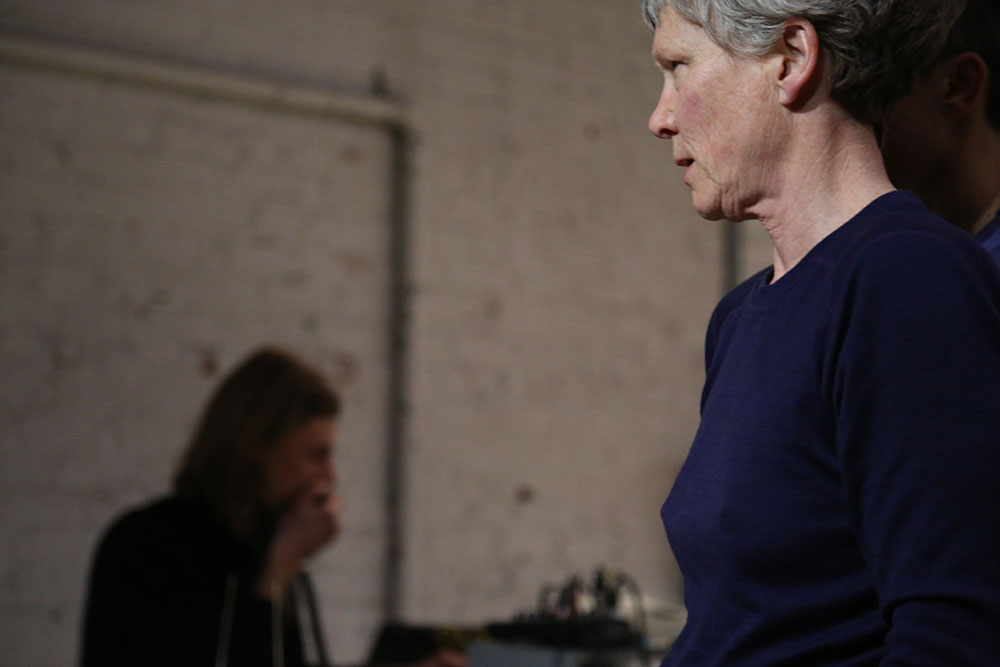
How do you choreograph that?
MONSON My work’s very process based, so it’s very much about the way we listen to each other and the way we keep a conversation going about defining the ways that we’re listening together. In working with Mauriah we can’t really rely on vision as a way of seeing each other.
MAURIAH KRAKER I think it’s a really interesting way to get to know someone, too: waking up and stumbling through this other environment and doing our own very personal solo practice on the prairie and at the same time being aware that as my presence recedes, other things can come in.
How does the lighting play into this?
ELLIOTT CENNETOGLU In Florida, there was a sort of ambient streetlight lighting so you could see each little texture in the sand, each little ripple and then over time, the light coming from the opposite way over the water, sort of flopping the shadow. That’s an inspiration.
MONSON There’s something very humbling about putting yourself in relationship to things that are so big that you can’t know them. Or the way that you know them is through just being alive. It feels like a strategy to be alongside other things that I don’t understand or that are different.
Why is important that you are all onstage together?
MONSON The presence that each body holds is where those decisions are coming from, so I think it’s really important to see it. I didn’t want to make a piece and have it be lit. I didn’t want to make a dance and have music come to it. I wanted everything.
Gia Kourlas, New York Times – February 20, 2018


